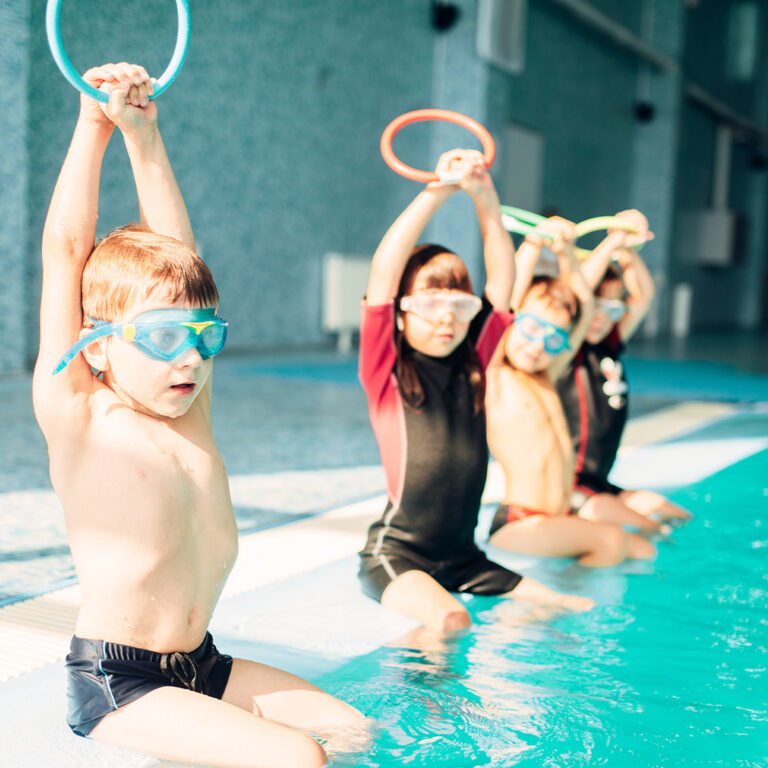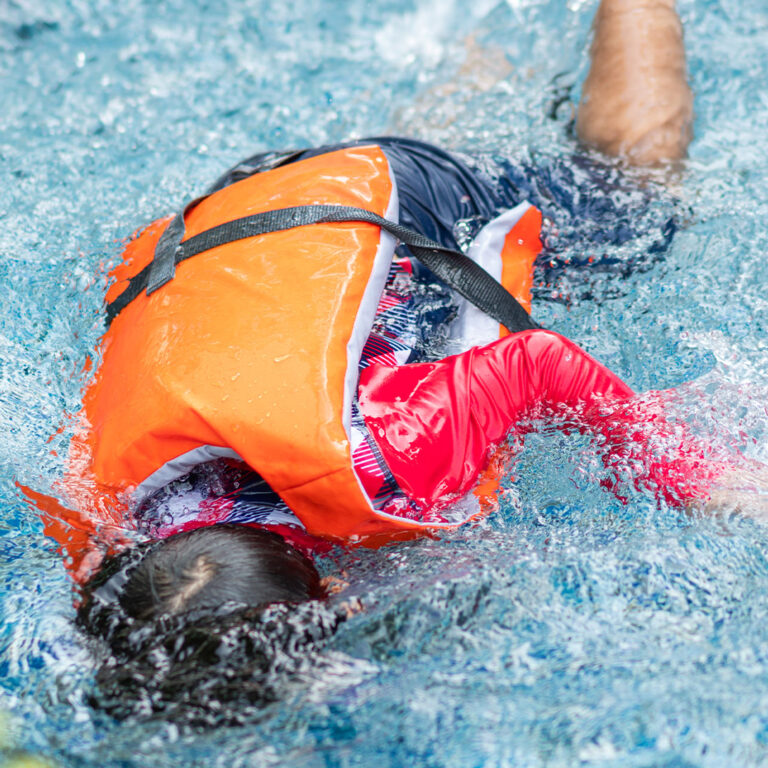

The South Florida Injury Law Firm
South Florida Swimming Pool Accidents

Common Causes and Types of Accidents in Florida Construction
Pools can be especially dangerous for young children. Between 2010 and 2012, there were an average of 390 annual drowning deaths and 5,100 annual pool-related emergency room treatments for children under the age of 15. Additionally, 75% of all reported drowning fatalities were children under 5. The state of Florida leads the nation for drowning fatalities, with a drowning rate of 7.29 per 100,000 children between the ages of 1 and 4. These accidents are, for the most part, preventable.
When we hear about swimming pool accidents in Florida, the first thing that comes to mind may be an unsupervised child who doesn’t know how to swim falling in and drowning. However, there are many different types of swimming pool accidents that can happen to people of any age and ability level
Drowning Can Be Hard to Identify
In some cases, a child or inexperienced swimmer might have someone supervising them, but that supervisor might not recognize the signs if they start drowning. We’ve all seen movies and TV shows in which characters flail around in the water and yell for help, but drowning does not usually look like this in reality.
Someone who is yelling and splashing is likely experiencing aquatic distress and still needs assistance, but they will still be capable of grabbing a flotation device or lifeline. The Instinctive Drowning Response, however, is much quieter than most people expect, because the drowning person’s respiratory system is devoted to breathing rather than crying out for help. They also cannot wave their arms for help because they instinctively push their arms down to press against the water. Drowning is so deceptive that roughly half of all childhood drowning deaths occur within about 25 yards of a parent or other adult.
Crushed or broken bones
When you work with heavy machinery and equipment, one small mistake or piece of defective material can lead to a shattered or crushed arm or leg. Large objects might fall from above. Vehicles can get away from operators and run over other workers. And then, of course, there are the far too frequent falls. Injuries to the head. Worker
Injuries to the head.
Workers wear hard hats to protect them from falling objects and other dangers, but sometimes it’s just not enough. Far too often, people end up with concussions, lacerations, and even more serious traumatic head injuries from construction site accidents.
General cuts
It seems obvious that people working with sharp blades and other tools like screws and nails might experience a few cuts here and there, but many of these lacerations can be prevented, and some become truly serious, either because of infection or because the cut in question is large, deep, or both. Hearing loss. Co
Hearing loss
Construction equipment can be incredibly loud, and if someone forgets to use earplugs or those plugs aren’t available, their hearing can be severely compromised. Additionally, it’s possible for someone to suffer from hearing loss after being hit on the head.
Heat stroke
People who work construction do so in all kinds of inclement weather conditions, and often work for long hours doing extremely strenuous activities. When this is done in Florida’s very hot weather and workers aren’t given the opportunity for necessary breaks, they might end up suffering a heat stroke. This can cause immediate problems if they faint while operating dangerous equipment, as well as leading to long term problems with the kidneys, heart, and brain.

The South Florida Injury Law Firm
Having kids take swimming lessons
According to the Center for Disease Control, having kids take formal swimming lessons reduces the risk of drowning for children between the ages of 1 and 4. Older children and adults who don’t know how to swim should also consider taking swimming lessons so that they can be safer around pools.
Providing supervision
If you have kids, take them to pools with lifeguards whenever possible and watch them closely in any kind of pool.
Learning CPR
The longer an individual goes without oxygen in a near-drowning accident, the more likely they are to suffer serious brain injuries. By learning CPR, you can make sure that you’ll be able to quickly provide help if someone does suffer an injury in a pool without lifeguards.
Avoiding alcohol
Alcohol and swimming just don’t mix—you shouldn’t have impaired judgment and limited coordination when you’re around a body of water. Even if you’re just planning on sitting on the edge of the pool, you shouldn’t drink in any situation when you are needed to supervise a swimmer.
Knowing the limitations of pool toys
While young children might enjoy splashing around with water wings or foam “noodles,” parents should not make the mistake of thinking that these toys are actually safety devices.
Installing fences around a home pool
If you have a backyard pool and young children, you should make sure that the pool can be completely closed off so that your child can’t wander off and fall in while you’re not watching.
Clear pool area of tripping hazards
Don’t leave toys or flotation devices lying around the pool deck where people can trip over them. Also make sure that your children—and you—know not to run around a wet pool deck.
How to Make Pools Safer for Everyone
Because of the risks to inexperienced swimmers and the deceptiveness of the Instinctive Drowning Response, it’s important that children always be closely supervised and that adults around pools familiarize themselves with what drowning really looks like. Some other safety precautions that everyone should take around pools include:


